
Anna Ortega was born and raised in Durango, Colorado—a small southwestern town located in the valley below the high alpine tundra of the San Juan Mountains. In 2014, she graduated Summa Cum Laude from Fort Lewis College with a BS in Environmental and Organismic Biology and a GIS Certificate. She has eight consecutive years of research experience in the fields of botany, pollination biology, ornithology, and ungulate ecology. Ortega worked as a wildlife field technician studying piping plovers and red knots along the Chincoteague Bay of Virginia, as well as emperor geese and loons on the Yukon-Kuskokwim Delta of Alaska. She spent two field seasons at the Rocky Mountain Biological Laboratory (RMBL) studying pollination biology. In 2012, Ortega worked as a Research Experience for Undergraduate (REU) student at RMBL. Her research primarily focused on understanding the importance of understory habitat versus open meadows to bees during drought. In 2013, she returned to RMBL with an Ecological Society of America (ESA) Strategies for Ecology, Education, Diversity, and Sustainability (SEEDS) Undergraduate Research Fellowship Award. Ortega’s research focused on effects of variation in soil moisture on flower morphology and nectar production in three subalpine plants belonging to the Family Ranunculaceae. She also worked as a wildlife field technician and botany intern for the Bureau of Land Management in Carson City, Nevada and in Dolores, Colorado. In October 2015, Ortega began working for the Wyoming Cooperative Fish and Wildlife Research Unit as a wildlife field technician and GIS analyst. In January 2017, Ortega transitioned into a graduate program with an NSF Graduate Research Fellowship.
For her dissertation, Ortega is studying a diversity of migratory strategies in a herd of mule deer sharing a common winter range in the Red Desert of south-central Wyoming. The Sublette Mule Deer Herd exhibits three migratory tactics, including long-distance migrants that travel 150 miles to Hoback Basin for the summer (the world’s longest mule deer migration), medium-distance migrants that migrate 70 miles to the southern Wind River Range for the summer, and short-distance migrants that either travel less than 30 miles north or remain year-round as residents in the Red Desert. The primary objective of this research is to evaluate the costs and benefits associated with the different migratory strategies at an individual and herd level. This system is analogous to a diversified stock portfolio: weather and habitat conditions vary annually, and a diversity of migratory strategies ensures productivity and stability at the herd level, even in lean years.
If Ortega is not tracking deer or glued to the computer screen, she is most likely hiking in the mountains or chasing trout.
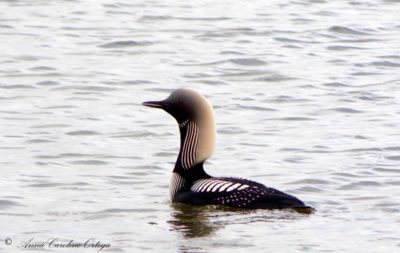
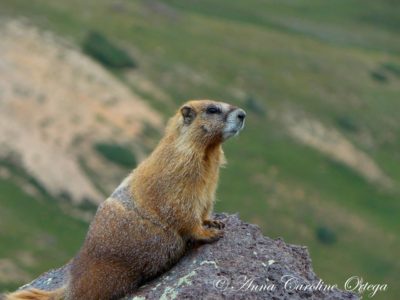
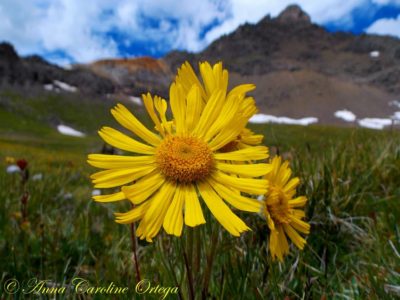
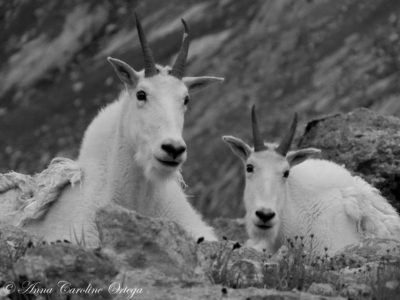


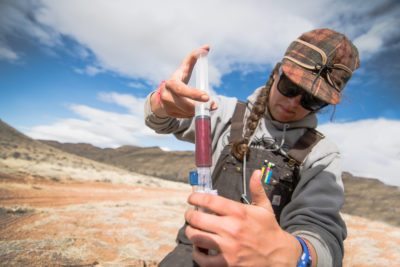
Professional Preparation and Appointments
B.S. in Environmental and Organismic Biology and GIS Certificate, May 2014
Fort Lewis College, Durango, CO
Selected Presentations
Ortega, A.C., H. Sawyer, E.O. Aikens, J.A. Merkle, P. Burke, M. Zornes, K.L. Monteith, and M.J. Kauffman. 2018. One herd, many migrations: a test of the fitness-balancing hypothesis with mule deer. The Wildlife Society Wyoming Chapter 2018 Annual Conference, Laramie, WY.
Ortega, A.C., H. Sawyer, E.O. Aikens, J.A. Merkle, P. Burke, M. Zornes, K.L. Monteith, and M.J. Kauffman. 2018. One herd, many migrations: a test of the fitness-balancing hypothesis with mule deer. 14th Biennial Scientific Conference on the Greater Yellowstone Ecosystem, Big Sky, MT.
Scholarships & Fellowships
National Science Foundation Graduate Research Fellowship, 2017


